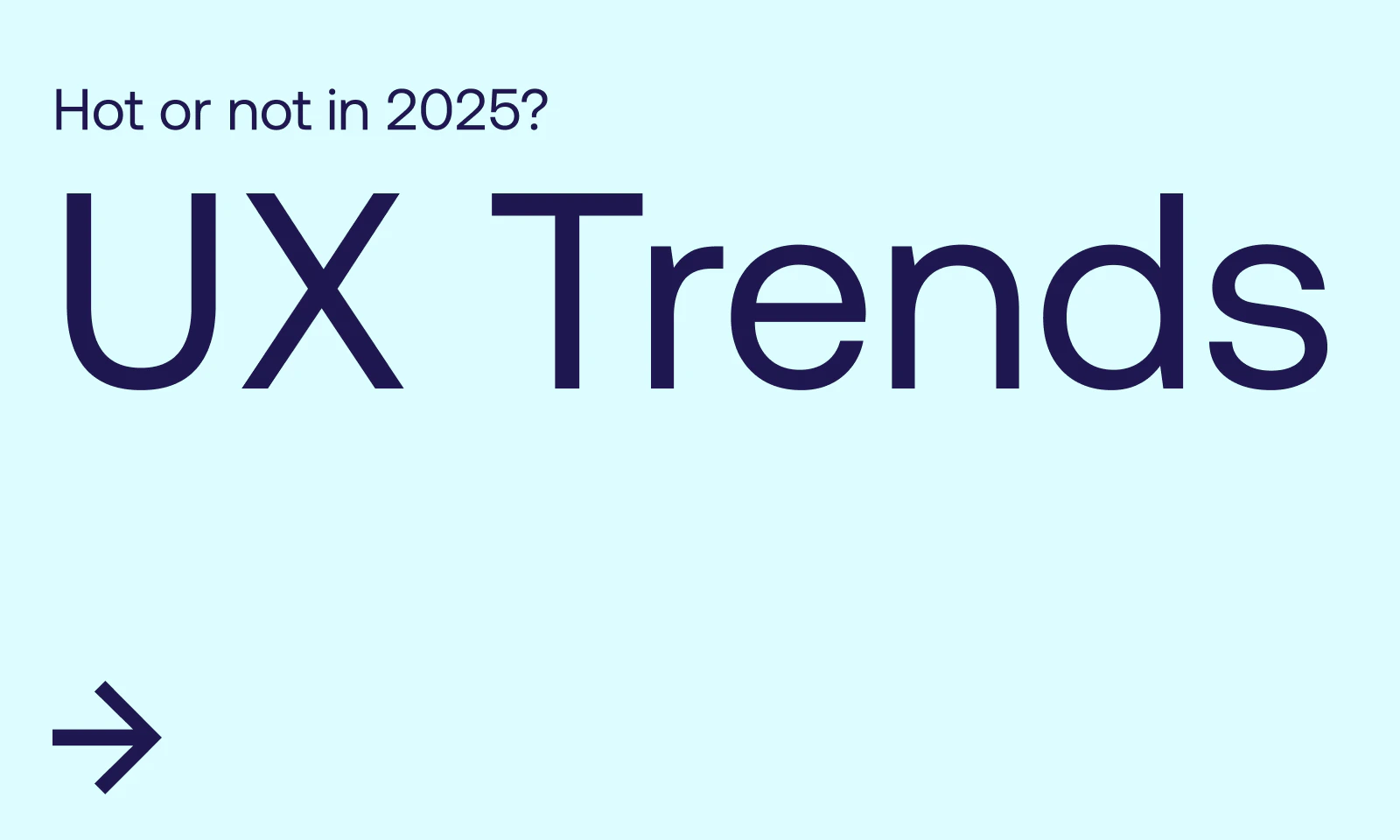Three fading trends
Let’s start by looking at what’s fading in the industry. Here, we find three trends losing traction in the industry or among consumers.
MVP with too much focus on the minimum part
The internet is flooded with fast yet mediocre user experiences. They might be viable, most definitely minimal, but it’s not something that end-users will ever fall in love with.
Too often, this attitude or process is nothing more than an excuse for cutting costs. Instead, it should be a way to iterate on user feedback to create the best possible product or service. If you want to save time and money, do less, but do it right.
AR/VR never took off
Zuckerberg and Cook still insist. But we’re still waiting for the breakthrough. Until then, wait to go all-in on AR and VR. To most companies, it’ll swallow their entire budget, and still, most cases have failed to turn these new technologies from gimmicks into useful tools and experiences.
“Agile” is great for increments, not for innovation
The agile method for development is excellent for incremental improvements and valuable in software development. However, its short-sighted focus can hinder comprehensive redesigns and ways to explore new technologies.
So for the most part, you should stay in agile mode. But take time to zoom out regularly and make room for creativity and innovation. We recommend looking towards more traditional design processes if you want to make giant leaps. They can help you explore something completely new and provide a fresh perspective.
Three growing trends
Right, it’s time to look ahead. What’s to come?
Keep it simple, brutally simple
The attention span is dropping. Users are bombarded with impressions on their smartphones. In this landscape, standing out requires a laser-sharp focus on the user experience and value. Sure, there are a lot of technical possibilities and smart features you can add to the experience, but 9 times out of 10, you win (back) the user by doing one thing well and then pursuing that one thing to an extreme degree. Need an example? Think of Google or ChatGPT.
Let the people search
For many years, the search bar on websites and apps has played a tiny part in the overall user experience. This is partly because it has been expensive to build excellent search functionality, and users have just Googled or pressed “cmd+f” on their laptops to find what they’re looking for.
“Times are a-changing”. And AI has especially been driving this “changing”. Now, it’s possible for even more sites to provide a great search experience while users are getting used to interfaces where you ask and prompt rather than click or type.
Design systems are for everyone
Another thing that is becoming widely available is design systems. Once upon a time, only IBM, Apple, and Microsoft could afford and manage these. Today, a start-up and SME can also benefit from a design system; in many cases, it’s more valuable than the traditional “design guide.” When you combine your design system with a tool like Storybook for development, you can save a lot of time and money while ensuring a consistent user experience.



